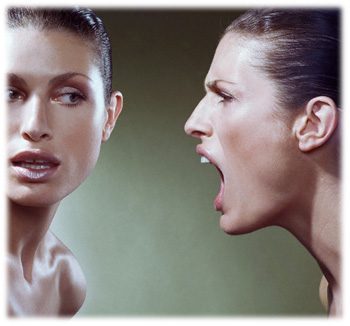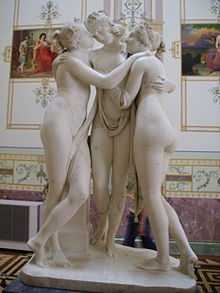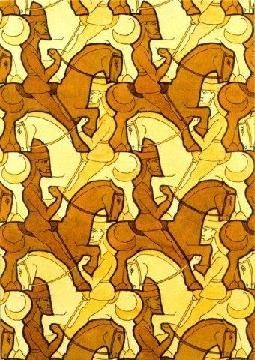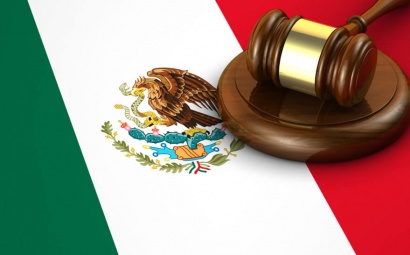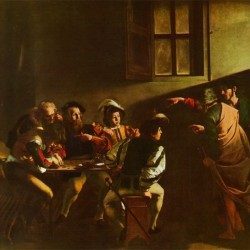 Recognized as one of the most complex and widely developed artistic styles, the Baroque was a visible artistic movement not only in painting but also in architecture, literature, sculpture and music as well. Its temporal space must be located between the seventeenth and eighteenth centuries depending on the region, being more durable in some parts of Western Europe as well as in Hispanic America.
Recognized as one of the most complex and widely developed artistic styles, the Baroque was a visible artistic movement not only in painting but also in architecture, literature, sculpture and music as well. Its temporal space must be located between the seventeenth and eighteenth centuries depending on the region, being more durable in some parts of Western Europe as well as in Hispanic America.
The Baroque emerged as a style promoted mainly by the Catholic Church before the advance of reformist and rationalist ideas that tried to put religion aside not only in artistic spaces but also in the daily life of individuals. The Baroque was therefore characterized by the representation of feelings and emotions rather than by the mere imitation of the reality that surrounded the artists of the time. Baroque works generally include religious themes that had been neglected by the Renaissance and seek to represent them in a highly expressive way.
In the case of pictorial art, the Baroque will resort to the intensity of colors and the use of shadows and lights that generate a powerful distinction in spaces, complex and even chaotic figures, the intense expression of gazes, etc. . In architecture, the Baroque will develop a clearly ornate and detailed style, largely opposed to the simplicity of the Renaissance style. Baroque constructions will seek the use of all the available space with elements such as the curve and the counter-curve, in addition to the incredible sculptural decorations that left no space unfilled. These architectural elements are especially visible in Hispanic America.
Regarding music and literature, the Baroque resorted to highly expressive and ornate forms whose main objective was the expression of strong and deep sensations, the representation of complex and emotional spirits, the non-recourse to linearity, among others. Finally, the opera appeared at this time as a conjunction of all the arts in a single space: music, sculpture, painting, script and architecture, all of them collaborating to the realization of magnificent works of art.
Among the clearest representatives of the Baroque style we must mention painters like Caravaggio, Rubens, Rembrandt, Velázquez, Cortona, musicians like Vivaldi, Bach, Monteverdi, Handel, Scarlatti, sculptors like Bernini and writers like Quevedo or Cervantes.
